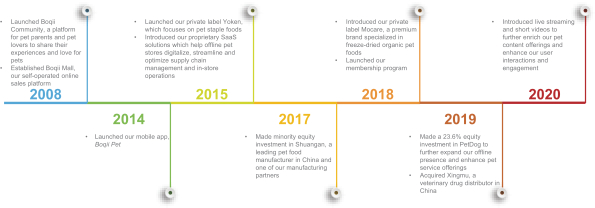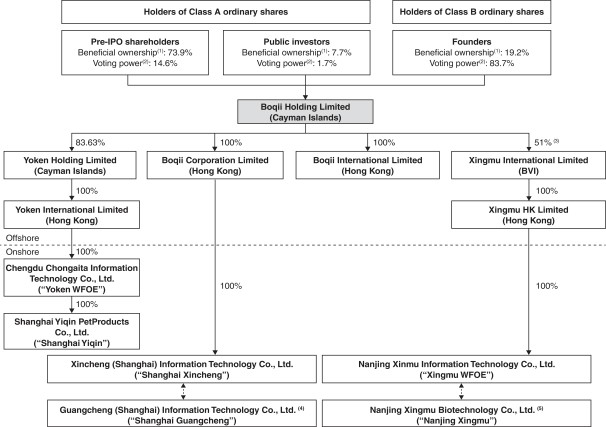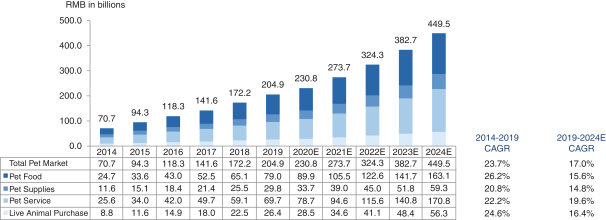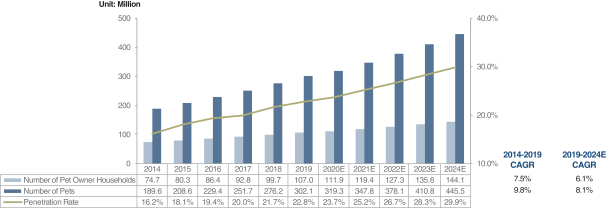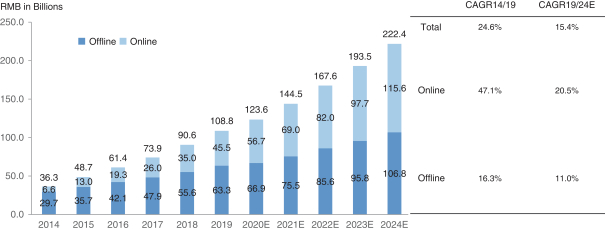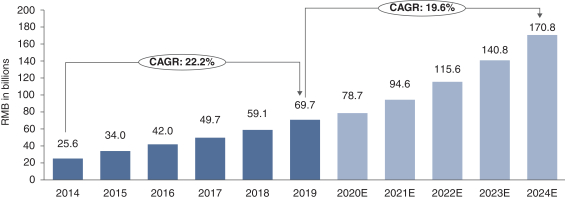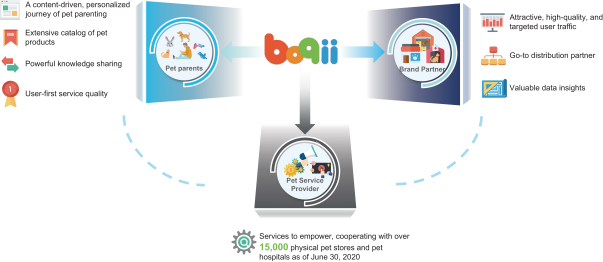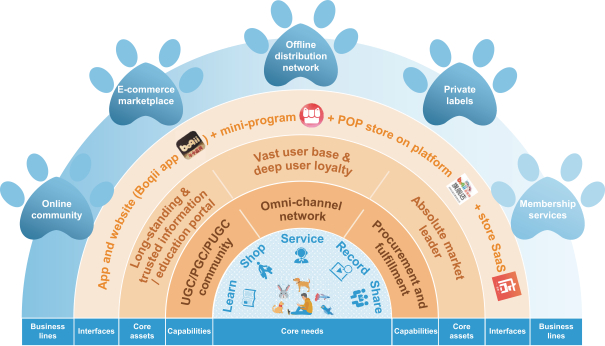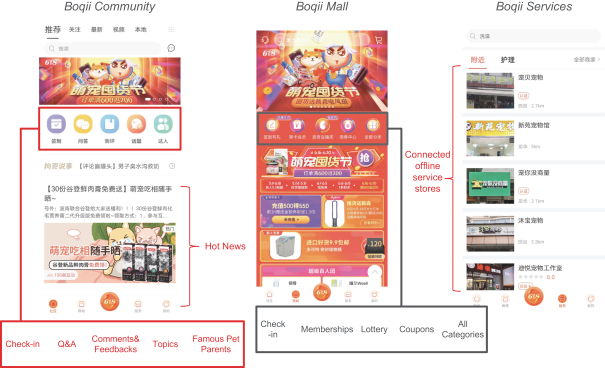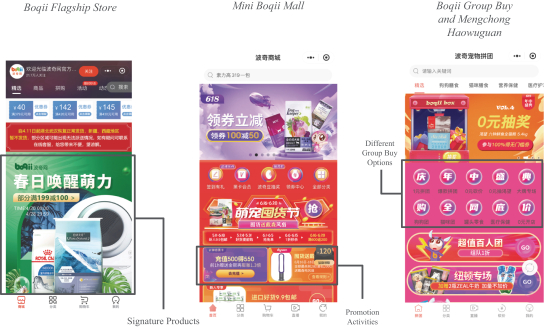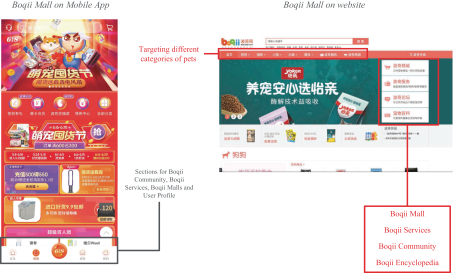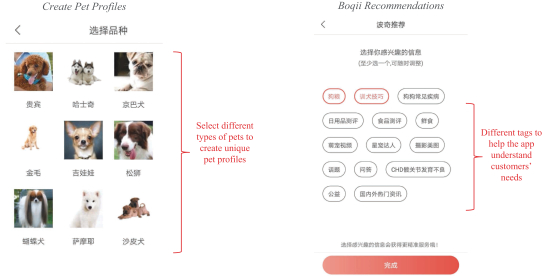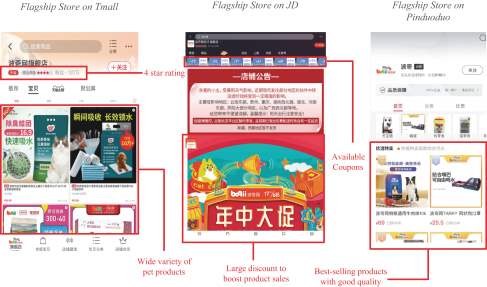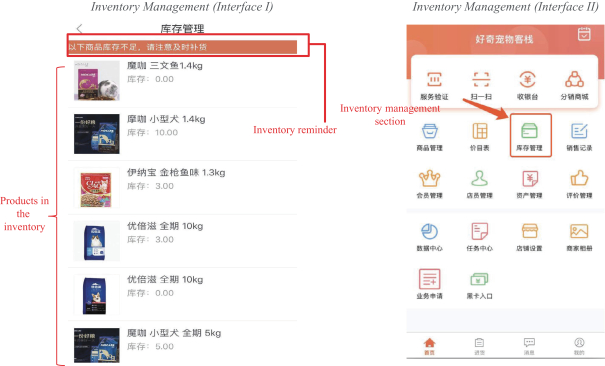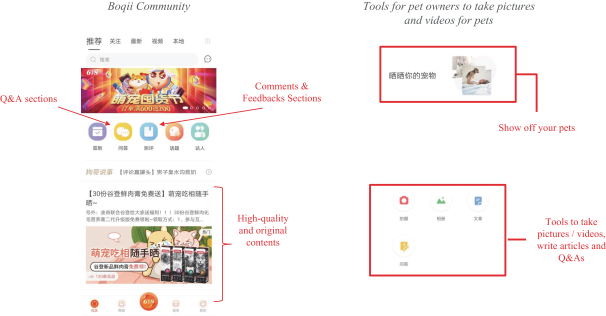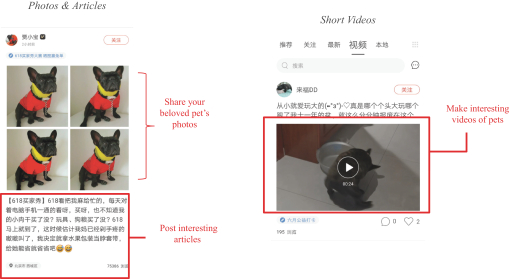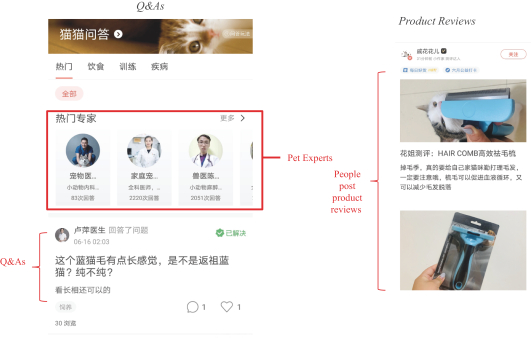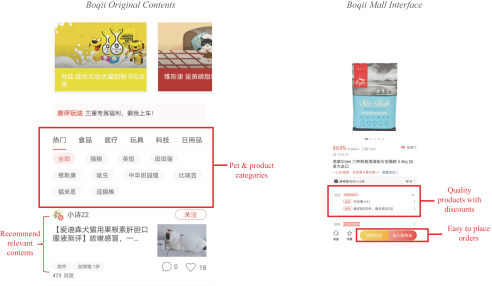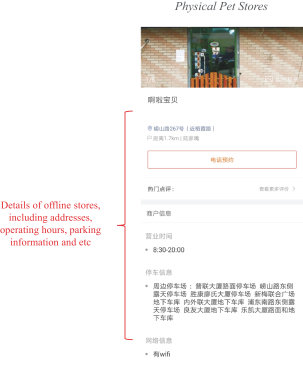The information in this prospectus is not complete and may be changed. We may not sell these securities until the registration statement filed with the Securities and Exchange Commission is effective. This prospectus is not an offer to sell these securities and it is not soliciting an offer to buy these securities in any state where the offer or sale is not permitted.
Subject to Completion
Preliminary Prospectus Dated September 28, 2020
7,000,000 American Depositary Shares

Boqii Holding Limited
Representing 5,250,000 Class A Ordinary Shares
This is an initial public offering of American depositary shares, or ADSs, representing Class A ordinary shares of Boqii Holding Limited. We are offering a total of 7,000,000 ADSs, each representing 0.75 of our Class A ordinary shares, par value US$0.001 per share. The underwriters may also purchase up to 1,050,000 additional ADSs within 30 days.
Prior to this offering, there has been no public market for the ADSs. We expect the initial public offering price will be between US$10.0 and US$12.0 per ADS. We have applied to list the ADSs representing our Class A ordinary shares on the New York Stock Exchange, or the NYSE under the symbol “BQ.”
Immediately prior to the completion of this offering, our outstanding share capital will consist of Class A ordinary shares and Class B ordinary shares. Our founder, Hao (Louis) Liang, and co-founders, Yingzhi (Lisa) Tang and Di (Jackie) Chen (each, a “Founder,” and collectively, the “Founders”), will beneficially own all of our issued Class B ordinary shares. The Class B ordinary shares will constitute approximately 19.2% of our total issued and outstanding share capital immediately after the completion of this offering and 83.7% of the aggregate voting power of our total issued and outstanding share capital immediately after the completion of this offering, assuming the underwriters do not exercise their over-allotment option. Holders of Class A ordinary shares and Class B ordinary shares have the same rights except for voting and conversion rights. Each Class A ordinary share is entitled to one vote, and each Class B ordinary share is entitled to 20 votes and is convertible into one Class A ordinary share at any time by the holder thereof. Class A ordinary shares are not convertible into Class B ordinary shares under any circumstances. Upon any sale, transfer, assignment or disposition of any Class B ordinary shares by a holder thereof to any person who is not a Founder or an affiliate of a Founder, or upon a change of ultimate beneficial ownership of any Class B ordinary share to a person who is not a Founder or an affiliate of a Founder, each of such Class B ordinary shares will be automatically and immediately converted into one Class A ordinary share. See “Description of Share Capital.” Immediately following the completion of this offering, we will be a “controlled company” within the meaning of the NYSE rules. See “Principal Shareholders.”
Neither the United States Securities and Exchange Commission nor any state securities commission has approved or disapproved of these securities or determined if this prospectus is truthful or complete. Any representation to the contrary is a criminal offense.
We are an “emerging growth company” under the U.S. federal securities laws and will be subject to reduced public company reporting requirements.
Investing in the ADSs involves risks. See “Risk Factors” beginning on page 19 of this prospectus.
| Per ADS | Total | |||||||
| Public offering price |
US$ | US$ | ||||||
| Underwriting discounts and commissions(1) |
US$ | US$ | ||||||
| Proceeds, before expenses, to us |
US$ | US$ | ||||||
| (1) | For a description of the compensation payable to the underwriters, see “Underwriting.” |
The underwriters expect to deliver the ADSs against payment in U.S. dollars in New York, New York on , 2020.
| Roth Capital Partners | CMBI | Valuable Capital Limited |
The date of this prospectus is , 2020.


